Tea Institute Investigate Cultivar Contributions to Longjing Tea Quality
A recent study by the Tea Research Institute has shed light on the influence on different cultivars on the sensory quality of Longjing Tea, revealing metabolite changes during processing. The research focused on three cultivars—Longjing 43, Quantizhong, and Baiye No. 1—and was published in Food Chemistry.
Longjing tea, renowned for its distinctive flavor and aroma, relies heavily on the cultivar used, with distinct processing methods of different cultivars leading to notable flavour variations. While previous studies have primarily examined changes within a single cultivar during the processing or differences between cultivars, this research focuses on the differences in metabolite changes throughout the manufacturing process of different cultivars of green tea.
By employing widely targeted metabolomics and sensory validation experiments, the researchers analyzed the sensory and metabolic differences among the three cultivars, and further explored the dynamic changes of key taste-related metabolites throughout the processing, identifying 580 non-volatile metabolites using ultra-performance liquid chromatography-electrospray ionization-tandem mass spectrometry. Alterations in three metabolic pathways were also investigated. The study found that the fixation process reduced phosphatidic acid levels, resulting in the formation of lyso-phosphatidylcholine and lyso-phosphatidylethanolamine, as well as the release of esterified polyunsaturated fatty acids. Baiye No.1 exhibited high levels of L-glutamic acid and L-glutamine, while Longjing 43 showed elevated levels of flavones. Correlation analysis and sensory verification indicated that specific concentrations of L-leucine would diminish the umami flavour of the tea.
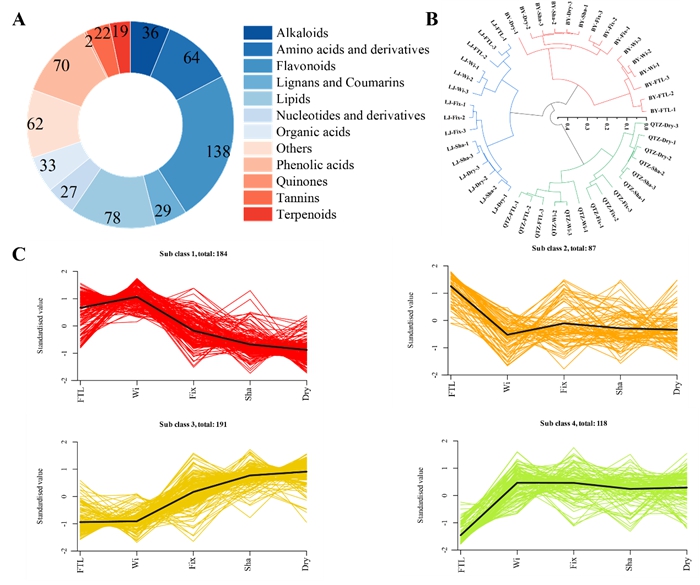
Figure 1. Analysis of differential non-volatile metabolites in different cultivars and processing stages.

Figure 2. Alteration of the flavonoid metabolic pathway during the processing of Longjing green tea.
These findings advance our understanding of Longjing green tea quality improvement and cultivar development. The paper's first author is graduate student Lin Zeng, with Professor Yong-Quan Xu as the corresponding author. The research was supported by the National Natural Science Foundation of China (32272368, 31872709, 32272771), the Key Research and Development Program of Zhejiang (2022C02033), the Science and Technology Cooperation Project of Zhejiang Province (2024SNJF028), and the Innovation Project for Chinese Academy of Agricultural Sciences.
By Lin Zeng (zenglin6016@163.com)
-
 Nov 07, 2024IAED-CAAS delegation visits four Central-Asian countries for scientific cooperation
Nov 07, 2024IAED-CAAS delegation visits four Central-Asian countries for scientific cooperation -
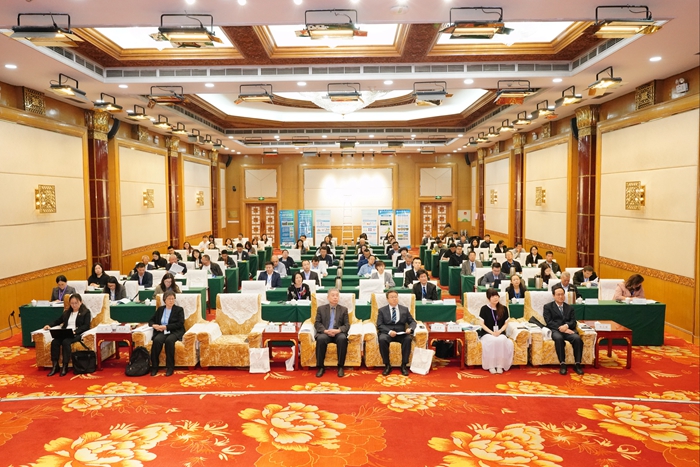 Nov 07, 2024The Policy and Technology Exchange Meeting of Deepening Environmental Cooperation on Dust and Sand Storm Control in Northeast Asia for Green and Sustainable Development co-organized by Institute of Grassland Research, CAAS successfully held in Hohhot
Nov 07, 2024The Policy and Technology Exchange Meeting of Deepening Environmental Cooperation on Dust and Sand Storm Control in Northeast Asia for Green and Sustainable Development co-organized by Institute of Grassland Research, CAAS successfully held in Hohhot -
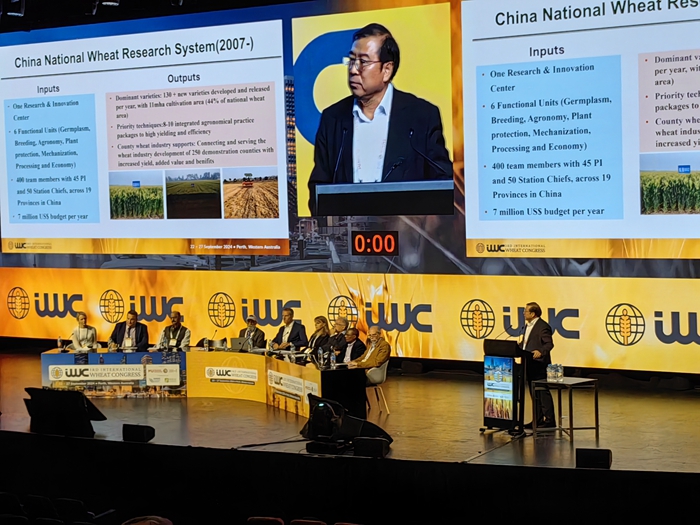 Nov 06, 2024Experts from ICS Participated in the 3rd IWC
Nov 06, 2024Experts from ICS Participated in the 3rd IWC -
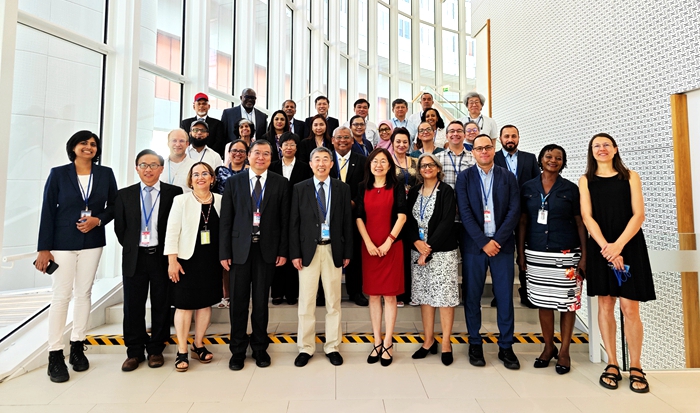 Oct 24, 2024Prof. Luxiang Liu Renewed His Term as the Chairman of the Mutation Breeding Network (MBN)
Oct 24, 2024Prof. Luxiang Liu Renewed His Term as the Chairman of the Mutation Breeding Network (MBN) -
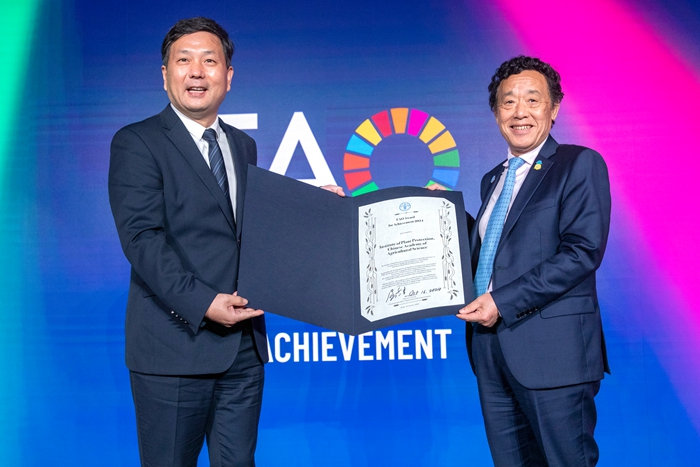 Oct 23, 2024IPPCAAS Wins the 2024 FAO Achievement Award
Oct 23, 2024IPPCAAS Wins the 2024 FAO Achievement Award
